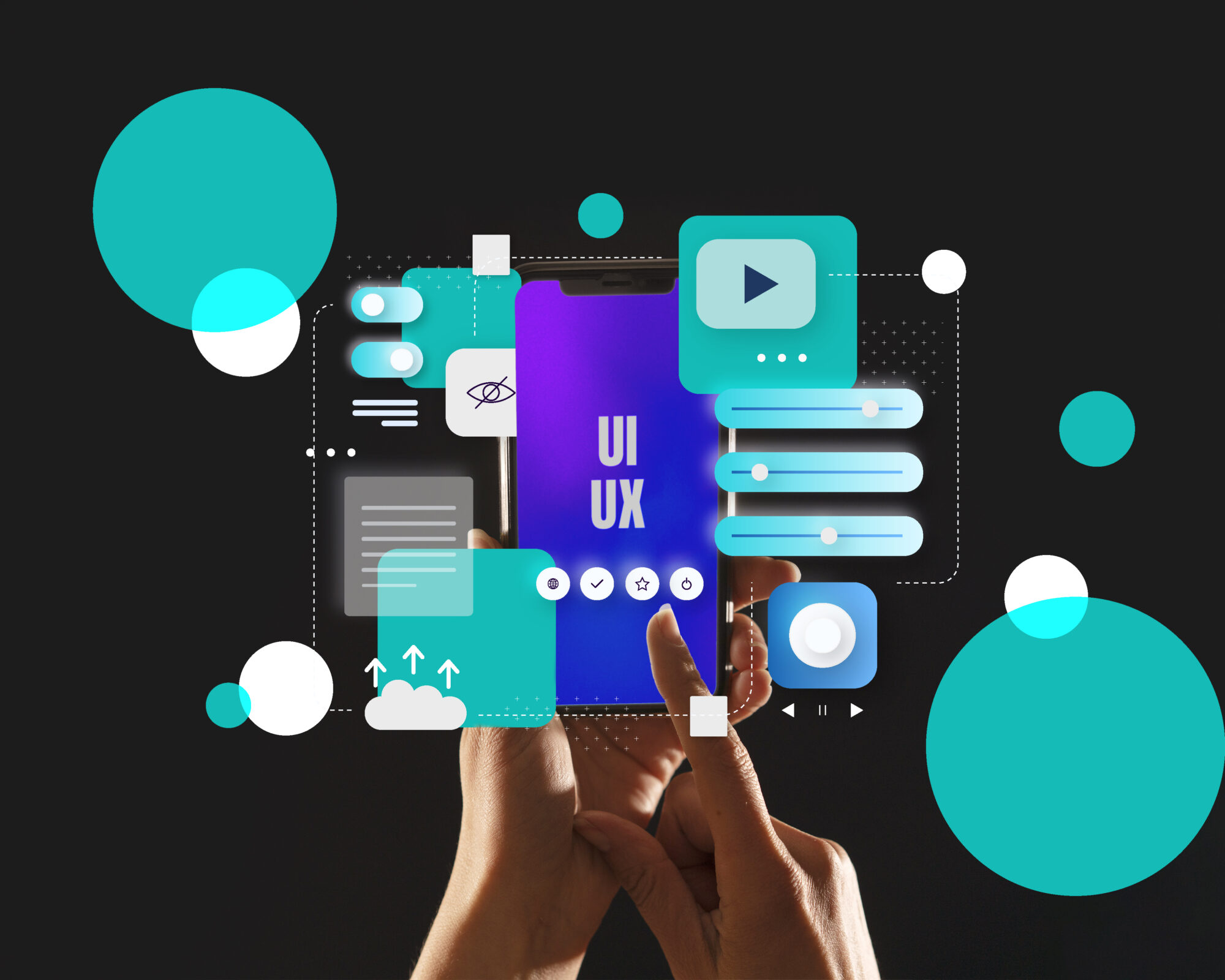
After a five-hour flight delay I finally made it to my hotel room. The night was late and I was exhausted. I remember fumbling around the dark space feeling the walls for the light switch. After a few frustrating minutes, I discovered it in the most bewildering place: on the far side of the room concealed by a lampshade.
My first thought: “There it is!” Second thought: “Why’d they put it over here?”
This is not just a story about a light switch. This is a story about User Experience (UX) and User Interface (UI).
What is UI/UX?
UX encompasses all aspects of a user’s interactions with a product or service, and whatever the user sees, touches, or hears during that interaction falls under the UI. In this story, think of the hotel room as a web application, and me as the user.
My task was to use the light switch (a UI feature) to turn on the lights. The room (i.e., the software) was successfully built to specific requirements, and the functionality is sound; the light switch worked perfectly.
However, the User Experience of accomplishing my task was slow and anxious due to poor User Interface design.
Although an application cannot exist without development, it is important to remember that developers are not users. In our metaphor, the person who installed the light switch would be the developer.
Strictly from a UI perspective, the choice of a fancy two-gang light switch plate looked great, but the feature was marred by the overall UX. Whoever installed it never had to hunt for it in the dark like I did.
When software loses focus of the actual end user their experience suffers. Proper UX design advocates for end users by taking into consideration their objectives, expectations, and feelings at every step of the design and development process.
Optimizing Software Design for User Experience
Embracing the adage “Customers eat with their eyes” can revolutionize software design, much like plating a five-star dinner. The human brain’s rapid information processing underscores the importance of clear, concise visuals in enhancing system communication.
From initial whiteboard sketches to wireframe designs, harnessing the power of design facilitates concept communication.
An intuitive, user-friendly design profoundly impacts productivity and satisfaction. Whether it’s implementing streamlined navigation, optimizing information hierarchy, or integrating consistent interface elements, achieving a seamless user experience is imperative.
The art of UI/UX design, focused on refining visual and interactive aspects, aims to reduce cognitive load and user frustration, resulting in improved efficiency and user contentment. Prioritizing user research and feedback ensures alignment with user needs, preventing users from feeling lost in the dark.
Dedicating to user-centric design not only boosts productivity but also nurtures emotional connections, fostering long-term engagement and elevating customer or employee satisfaction.”
Proving Concepts with UI/UX Design
Storyboarding is a cost-effective way to translate bullet points into visual wireframes. Turning a concept into a tangible project and stimulating conversations that dive deeper into the details while revealing unknowns or potential drawbacks.
Custom software development can be expensive, but you can use design to explore an idea through storyboarding to prove out your concept before jumping straight into coding.
UX design complements the “fail fast” approach associated with building a compelling minimum viable product. A testable, usable demo of your project can reveal points of failure before they’ve been committed to code.
Pitfalls of Bad UI/UX
Let’s address common pitfalls of poor UI/UX, and how to mitigate their negative impacts.
1) Outdated Design Leads to Competitive Disadvantage. If a UI reminds you of Internet Explorer’s golden era, the underlying software- no matter how impressive- may struggle to impress potential customers.
Kopis has worked on several industry-leading applications. One modernization refresh featured a CEO who was confident the tool was the most powerful on the market, but confessed difficulty in winning over new business.
Prospects were unable to look past the visual defects during product demos and ultimately settled on the competition’s “shiny new toys” despite the functionality gap. But after a UI/UX refresh the CEO saw his sales soar and his clients happier than ever. (Check out the full story)
If you’re ready to refresh the styling of your software, it’s a good idea to consult a UI/UX expert who can help you reflect your current branding and meet accessibility standards.
2) Ineffective Design Leads to Inefficient Productivity. Internal processes naturally evolve as an organization matures. Yet it is not uncommon for the organization’s legacy system to stay stuck in the habits of yesteryears. This incompatibility between legacy mission-critical web apps and current business practices might be making your operations more complicated.
Symptoms of this misalignment between system and process typically surface during new hire training. Listen for phrases like, “What you see on the screen is our old way of doing Inventory…” or, “I know the screen says Order Total, but it really means Pre-Sales Tax Amount.” These discrepancies increase a user’s cognitive load, meaning more mental capacity is required to accomplish tasks.
When users encounter unintuitive experiences, they are more likely to perform slower and make more errors, both of which hinder productivity. This opportunity cost for employee utilization can be significant.
A skilled UX designer seeks to understand your organization’s unique processes for optimal organization of information based on user behavior tendencies. Good design solves problems and makes people’s lives better; it alleviates business problems and improves the quality of work for those that use it.
3) Technical Immaturity and Design Negligence Lead to Brand Erosion. “Every business must think of itself as a tech company,” warns Forbes. The technology that your business runs on should stay up to date with technology standards, because having a ‘set it and forget it’ mentality toward your business applications is a hazard to growth.
Customers will perceive your brand as primitive due to the antiquated interfaces they see every day. Users will perceive a lack of trust in your brand because of the frustration and confusion they feel using overwhelming screens, clunky layouts, and misleading navigation.
Preventative maintenance, such as a robust UI/UX discovery assessment, is a healthy step towards alleviating existing pain points while minimizing future headaches.



